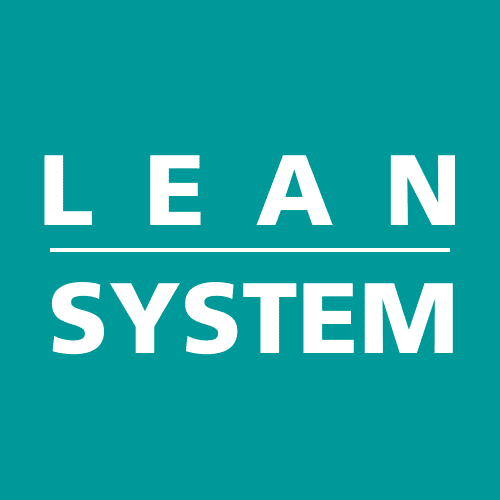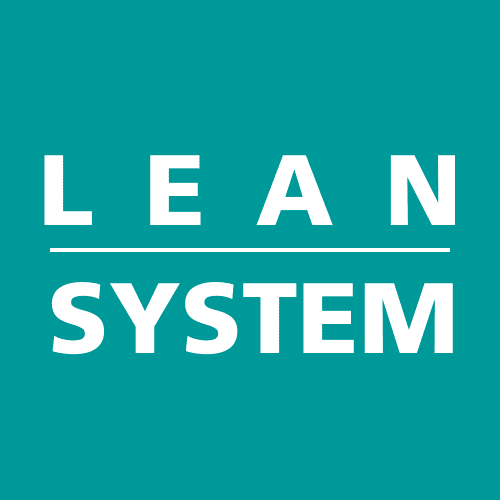ISO 9001 current version and earlier version
ISO 9001:2015 is the most recent version of the ISO 9001 standard, an international reference for quality management. This standard was last amended in February 2024 under Amendment 1.
Understanding the ISO 9001:2015 Clauses
Process Approach (PDCA)
The ISO 9001 standard relies on a smart approach called PDCA, which stands for Plan-Do-Check-Act. .
First, you Plan what you want to achieve and how you'll get there.
Then, you Do what you planned, following your set procedures.
Next, you Check the results to see if things went smoothly and met your goals.
Finally, you Act on what you learned. Maybe you adjust your plan for next time
By following this cycle over and over, ISO 9001 helps organizations makes continual improvements to quality management system.
Quality Management Principles
The ISO 9001:2015 standard isn't just about following a set of rules, it's based on seven key principles. These principles are like guideposts, helping organizations build a strong foundation for quality. They focus on things like keeping customers happy (customer focus), getting everyone involved (engagement of people), and always looking for ways to improve (improvement). By following these principles, organizations can create a culture of quality that benefits everyone.
Customer Focus: Puts customer satisfaction at the centre of everything you do. Leadership: Strong leaders set the direction and inspire the team for quality. Engagement of People: Empowers employees to contribute their skills and knowledge. Process Approach: Focuses on improving your processes to deliver consistent quality. Improvement: Always seeks ways to get better and stay ahead of the competition. Evidence-Based Decision Making: Uses data and facts to make informed choices. Relationship Management: Builds strong relationships with suppliers and partners for mutual benefit.
How to implement ISO 9001:2015 ?
Challenges for Implementing ISO 9001:2015
Cost: Implementing ISO 9001:2015 can be costly, as it requires resources such as time and money to train employees, create and maintain documentation, and get certified. Complexity: Implementing ISO 9001:2015 can be complex and time-consuming, as it involves creating and maintaining policies, procedures, and records. Maintenance and improvement: Ongoing maintenance and improvement of the QMS is required, which can be challenging and requires commitment from top management and all members of the organization.

